How to grow radishes
A colorful addition to the salad bowl, and quick and easy to grow – here’s how to grow radishes
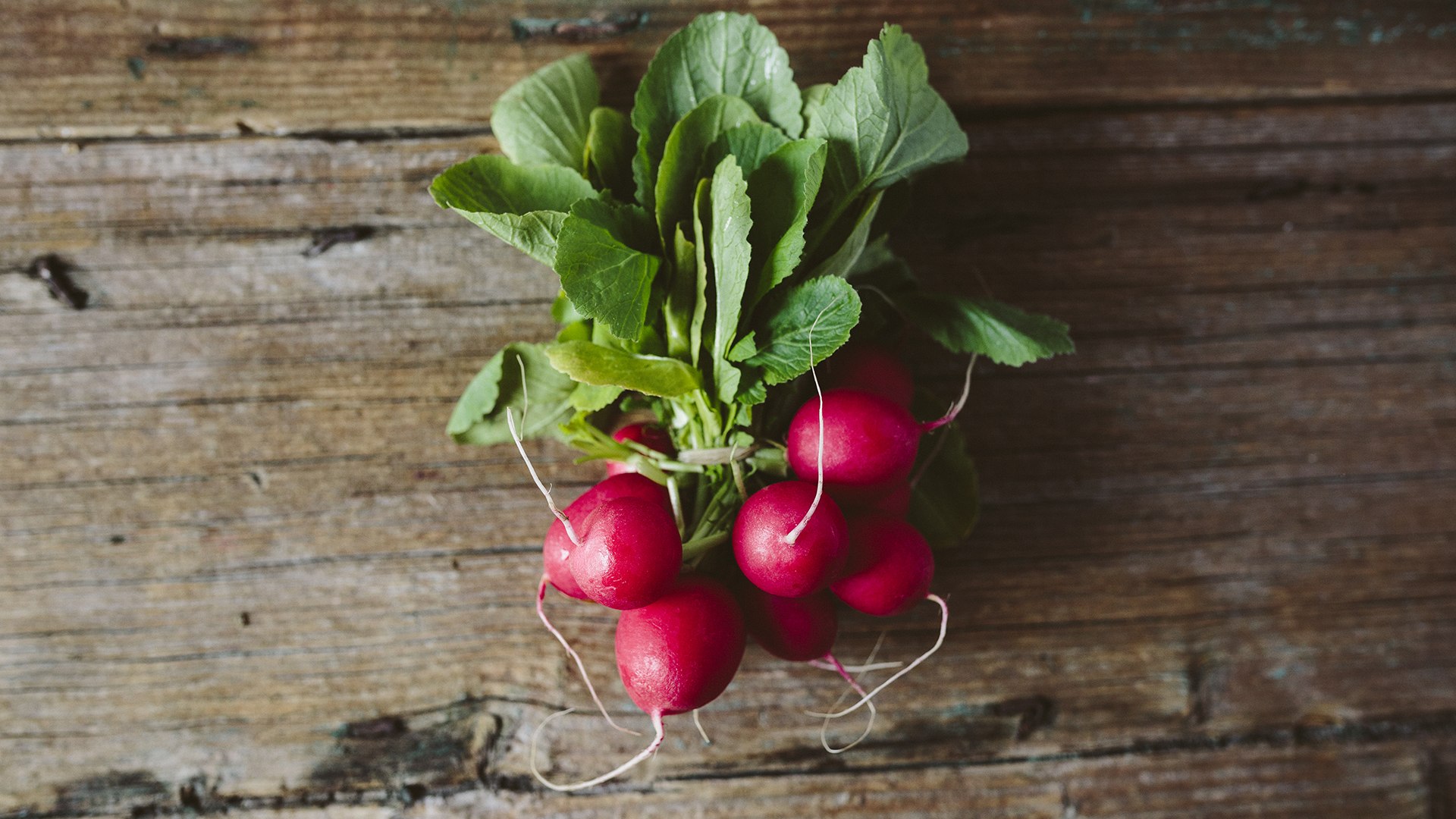
If you’re wondering how to grow radishes, you’re in the right place. This crunchy, colorful root crop is one of the easiest vegetables to grow and we’ve got some top tips from expert gardeners.
Radishes add a fresh, peppery note to salads, but did you know you can also roast them along with other root vegetables? Roasting radishes reduces their tongue-biting kick, and the flavor becomes more earthy and mellow. If you’re growing your own, it’s certainly worth a try.
Radishes are quick to grow and can be ready to eat four weeks after sowing in the perfect conditions.
See: Kitchen garden ideas – easy ways to get started
How to grow radishes from seed
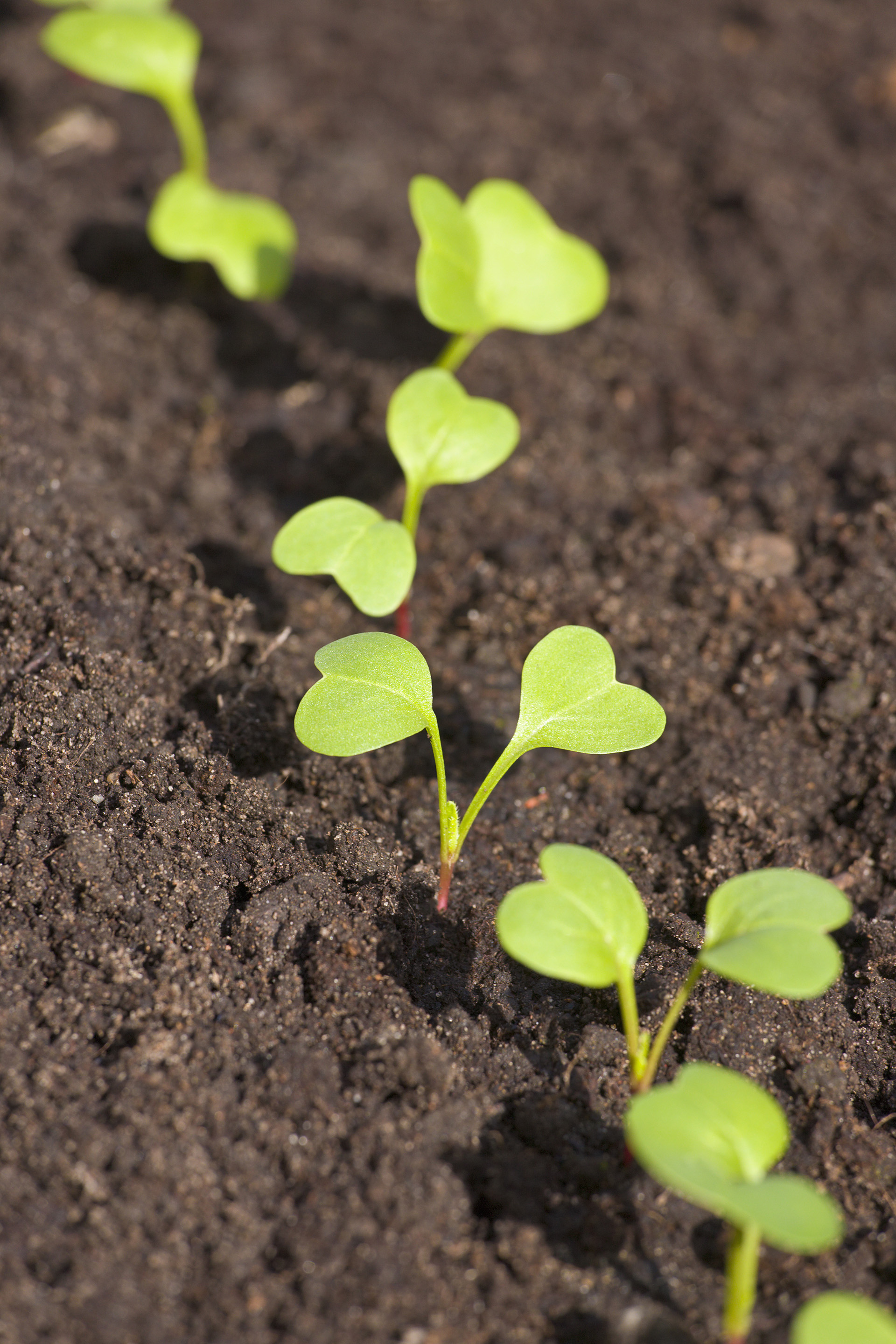
You can sow radish seeds directly into the ground as soon as the soil warms up to aid germination. You can even sow before the earth warms up, by covering your seedbed with fleece or a cloche before sowing.
1. Break up the earth to a fine tilth, and sow your seeds sparsely in a narrow, shallow drill, following the instructions on the packet for your chosen variety for spacing.
2. Cover the seeds with a light sprinkling of soil and water them in.
How long do radishes take to grow?
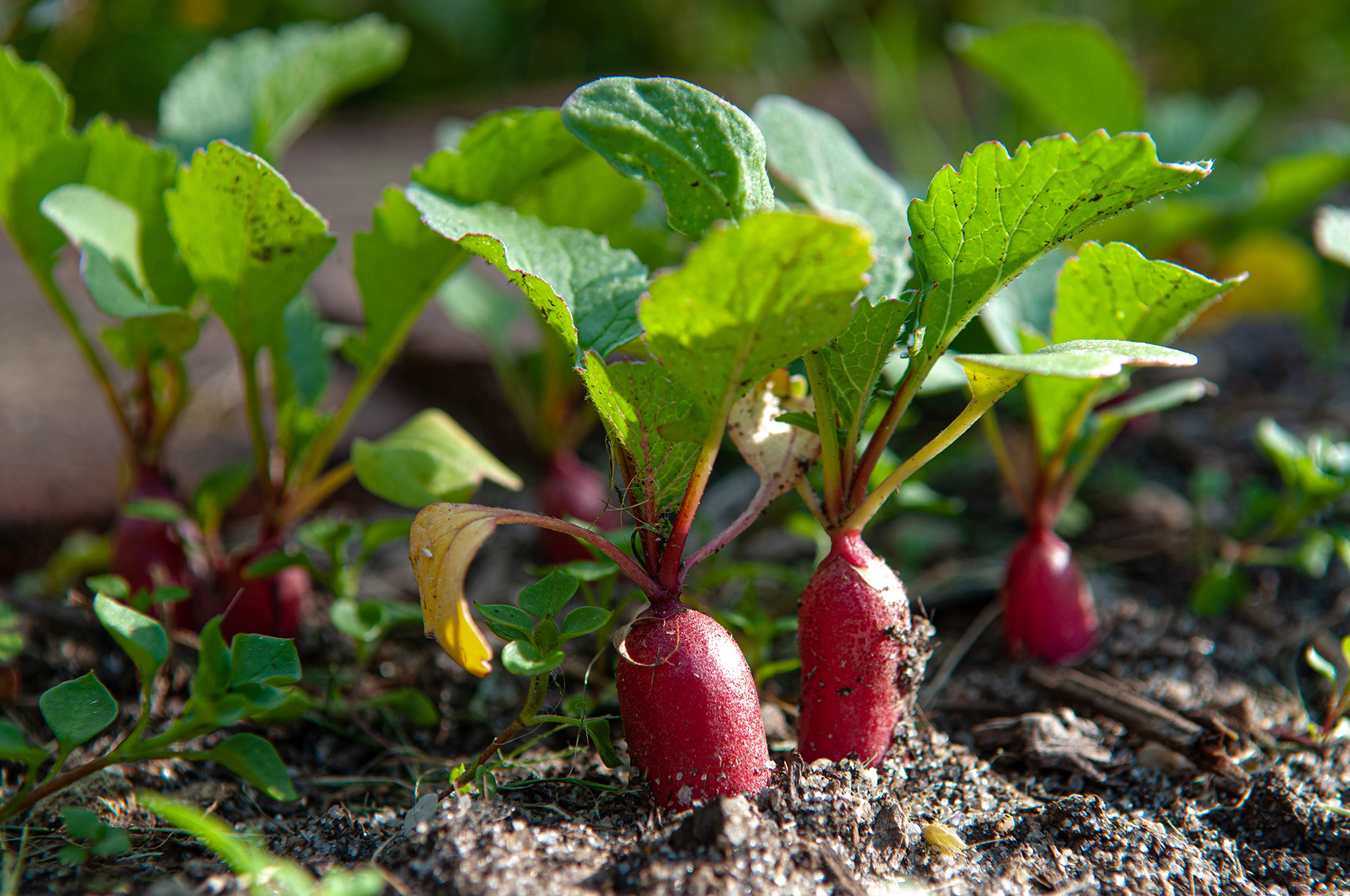
You should see signs of germination within about 10 days. Once the seedlings are big enough to handle, thin them out to allow 1in/2.5cm between them to allow them space to grow. After around three to four weeks they may be ready to pick.
Amy Enfield, Horticulturist for Bonnie Plants, says, ‘The red globe type radishes, like cherry belle and French breakfast (a slightly elongated type), are among the quickest growing, from seeding to harvest – usually three weeks or less.’
She offers the following advice on planting times: ‘They should be planted in the spring once temperatures are 60-65ºF during the day. They can also be planted again in the fall once temperatures start to cool.’
How do radishes grow best?
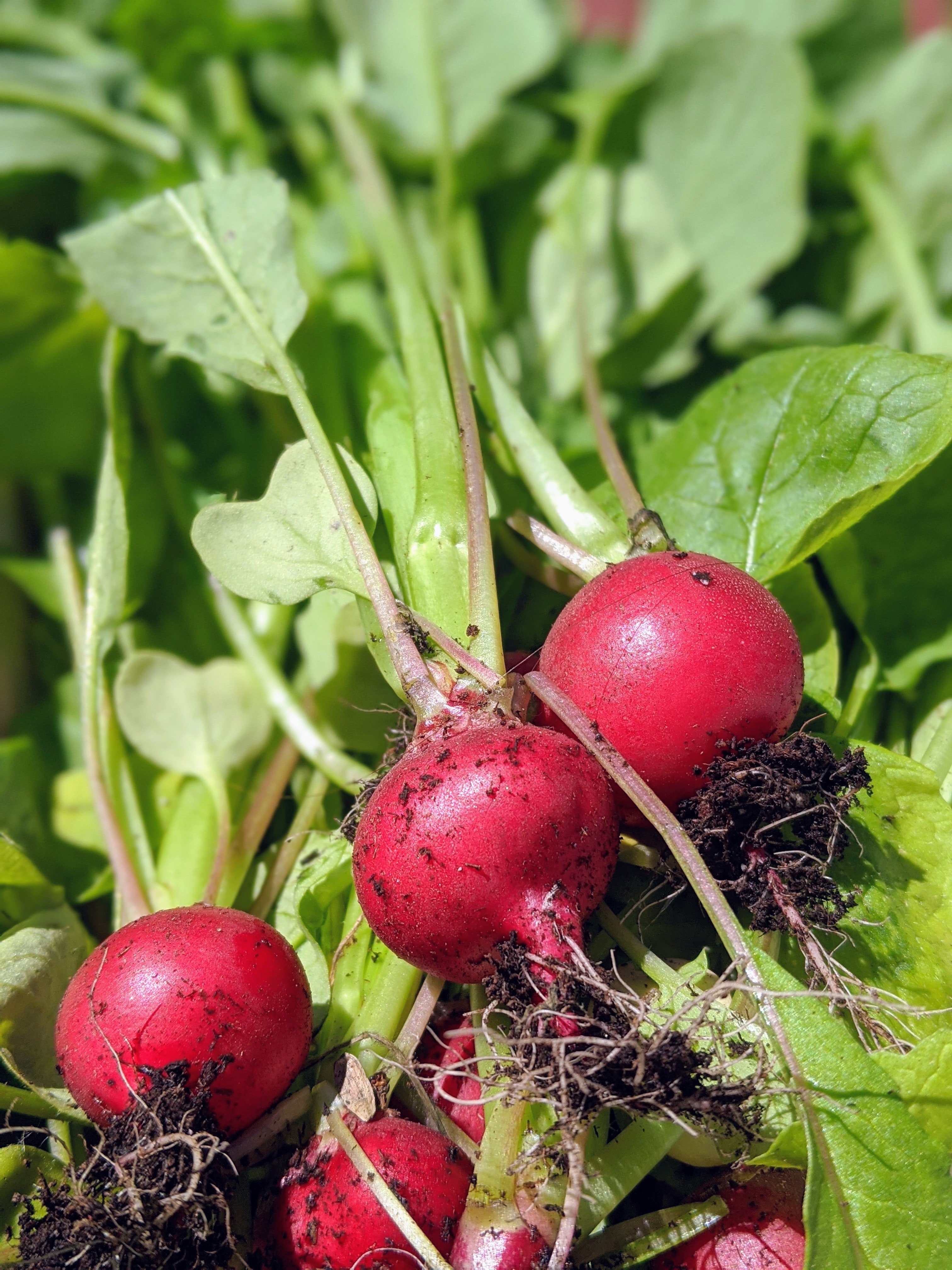
Radishes grow best in fine soil, with a regular watering routine to ensure they don’t dry out. They grow quickly and should be picked as soon as they are ready so they aren’t left to grow woody in the ground. You can also grow radishes in pots very successfully, they want a wide and deep container full of good quality well-draining potting soil
For this reason they are a good crop to sow with succession planting. This simply means sowing smaller quantities of seeds at a time, perhaps allowing two weeks between each sowing. That way you don’t have a glut harvest because, let’s face it, no one wants to eat mountains of radishes at a time.
TV gardening expert Monty Don says, ‘Radishes are the perfect quick vegetable, and delicious too.’ In a clip from Gardeners’ World, he demonstrates how radishes can be used to take advantage of a patch you’ve prepared for a slower growing crop – such as sweet peas. He suggests sowing radishes into that soil, and harvesting them before they compete with the sweetpeas.
See: Small vegetable garden ideas – from layout designs to the best crops to grow
What’s the secret to growing radishes successfully?
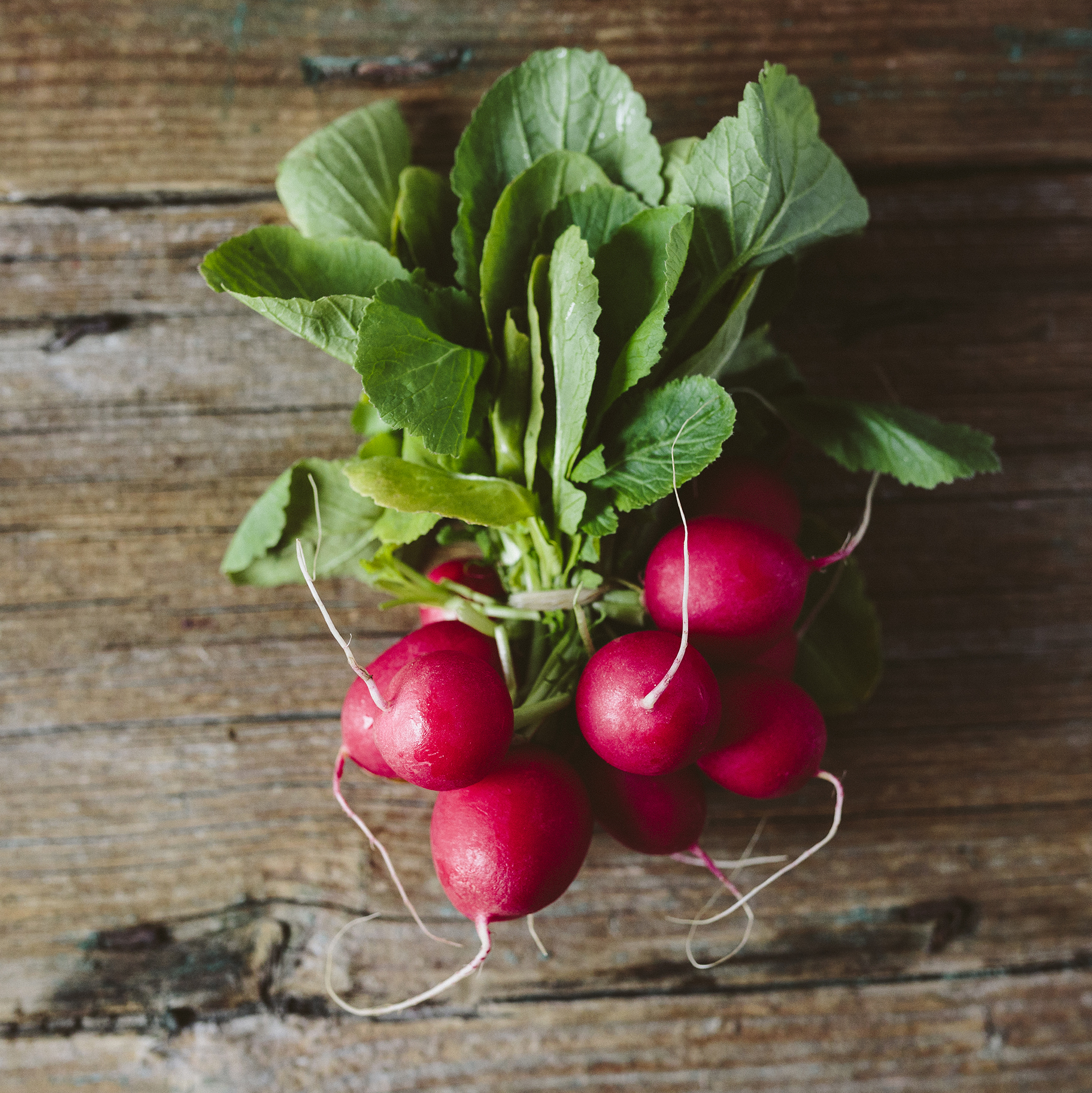
Amy Enfield of Bonnie Plants says there are two big secrets for how to grow radishes successfully:
1. ‘Keep the soil consistently moist. Radishes don’t like big swings in soil moisture, so water whenever the top inch of soil is dry to the touch. Otherwise they are prone to splitting and cracking. Splitting is especially problematic when there are huge swings between wet and dry in the watering cycles,’ she says.
2. ‘Thin seedlings once they sprout. Radishes need about 2-3 inches of space to grow. If the plants are overcrowded, they won’t form bulbs and you’ll be stuck with radish greens (which are edible).’
What are the common mistakes when growing radishes?
Leaving them in the ground too long
Amy Enfield is a firm advocate of succession sowing and says: ‘Doing smaller, staggered plantings of radishes will prolong your harvest window and make sure you don’t end up with more radishes than you know what to do with.’
Inconsistent watering
This will cause the radishes to split and crack.
Poor conditions
Amy Enfield says, ‘If radishes are planted too late in the spring and the weather gets hot quickly or they are not properly thinned after germination, they may fail to develop bulbs. Overcrowding and hot weather can both make radish seedlings bolt to flower and not set a bulb.’
Sign up to the Homes & Gardens newsletter
Design expertise in your inbox – from inspiring decorating ideas and beautiful celebrity homes to practical gardening advice and shopping round-ups.
Karen sources beautiful homes to feature on the Homes & Gardens website. She loves visiting historic houses in particular and working with photographers to capture all shapes and sizes of properties. Karen began her career as a sub-editor at Hi-Fi News and Record Review magazine. Her move to women’s magazines came soon after, in the shape of Living magazine, which covered cookery, fashion, beauty, homes and gardening. From Living Karen moved to Ideal Home magazine, where as deputy chief sub, then chief sub, she started to really take an interest in properties, architecture, interior design and gardening.
-
 It’s a concept straight out of a fashionista's playbook, but I used the Sandwich Method to organize my kitchen shelves – it’s never looked sleeker
It’s a concept straight out of a fashionista's playbook, but I used the Sandwich Method to organize my kitchen shelves – it’s never looked sleekerIt transformed messy to mesmerizing in a matter of seconds
By Punteha van Terheyden Published
-
 The moody kitchen in this Victorian home has the most unique wall design I've ever seen – it's the perfect way to bring an elegant, aged feel to the space
The moody kitchen in this Victorian home has the most unique wall design I've ever seen – it's the perfect way to bring an elegant, aged feel to the spaceThe hand-painted feature has brought a sense of history and patina back into the remodeled kitchen
By Molly Malsom Published